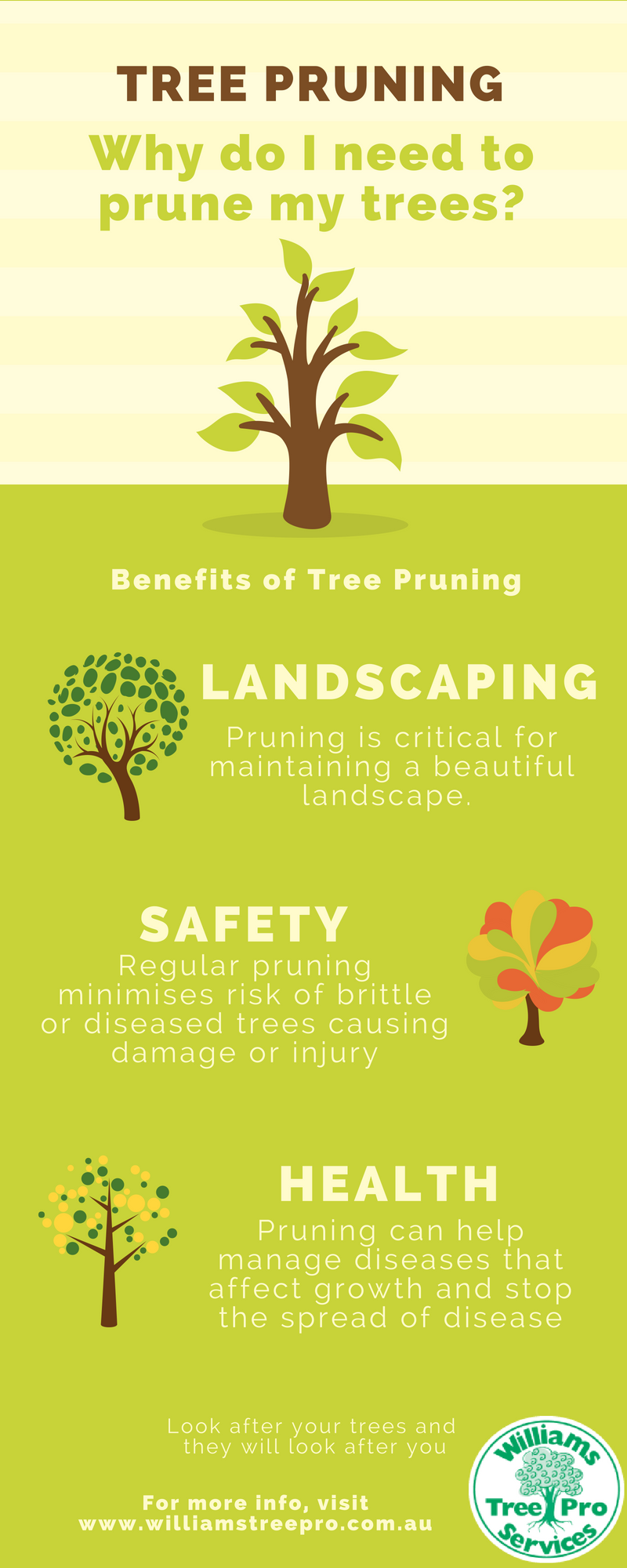Seasonal Tree Treatment: Exactly How To Take Care Of Trees Before And After Removal
Seasonal Tree Treatment: Exactly How To Take Care Of Trees Before And After Removal
Blog Article
Web Content Writer-
When it comes to seasonal tree treatment, ensuring proper administration before and after removal can considerably impact the wellness and visual appeals of your landscape. By comprehending the required steps associated with evaluating tree health and wellness and preparing for removal, you can proactively protect your property. But what about the crucial methods to adhere to once the tree is gone? Remain tuned to find the vital post-removal care actions that will certainly assist you grow a growing and sustainable setting for your trees.
Pre-Removal Tree Care
Prior to addressing the removal of a tree, it's critical to focus on pre-removal tree care. Begin by analyzing the tree's health and wellness and architectural stability. Seek signs of condition, insect infestations, or any type of architectural issues that might present a security hazard during removal. It's necessary to consult with a qualified arborist to figure out the most effective course of action.
Trimming dead or unhealthy branches can avoid further damages to the tree and ensure a smoother elimination procedure.
Additionally, think about the ecological influence of getting rid of the tree. Trees play a crucial role in our environment, so growing a new tree in an ideal place can help offset any loss. Guarantee that you have the necessary authorizations and consents for tree elimination, specifically if the tree is safeguarded by regional regulations.
Seasonal Maintenance Tips
Analyzing your tree's demands throughout the year is crucial for its wellness and longevity. To keep your trees in leading problem, comply with these seasonal maintenance pointers.
In springtime, concentrate on trimming to get rid of dead or damaged branches and urge new development.
Summertime requires regular watering, particularly during droughts, to guarantee your tree stays hydrated.
As loss techniques, keep an eye out for early indications of condition or tension, and think about using compost to protect the origins during wintertime.
In winter, beware when getting rid of snow from branches to stop breakage, and remain to monitor your tree's total health.
Remember to readjust your treatment regular based upon the particular requirements of your tree types and neighborhood climate. By remaining mindful and aggressive throughout the seasons, you can aid your trees prosper and thrive for several years ahead.
Post-Removal Tree Treatment
To make sure the wellness of your landscape even after tree elimination, proper post-removal care is vital. After a tree is removed, it's important to fill the remaining hole with topsoil and small it to prevent settling. This will certainly aid maintain the honesty of the ground and prevent potential hazards in the future.
Take into consideration growing new plant life instead of the eliminated tree to restore the balance and appearances of your landscape. On a regular basis water the area to promote the growth of new plants and avoid dirt erosion.
Check the surrounding trees for any kind of signs of condition or stress and anxiety that may have been caused by the removed tree. Watch out for visit the next document that could've been drawn in to the previous tree and take safety nets to safeguard the staying greenery.
If necessary, talk to a specialist arborist to examine the impact of the removal on the surrounding trees and establish any type of additional treatment needed. By complying with these post-removal treatment actions, you can ensure the ongoing health and charm of your landscape.
Verdict
Finally, positive seasonal tree treatment is crucial for keeping the wellness and equilibrium of your landscape. By assessing tree wellness, trimming, and speaking with an arborist prior to removal, you can guarantee a secure procedure. After removal, loading the hole, planting new plant life, and normal watering will certainly promote brand-new growth and avoid erosion. Remember to check surrounding trees for condition and look for more treatment steps from an arborist to keep your landscape flourishing.
